Malabsorption Syndromes Including Celiac Disease
Malabsorption Syndromes Including Celiac Disease
Introduction
Malabsorption syndromes encompass a range of disorders that impact the absorption of nutrients including fats, carbohydrates, proteins, and micronutrients such as vitamins and minerals. This lesson will delve into the mechanisms of malabsorption, common causes, and treatment options.
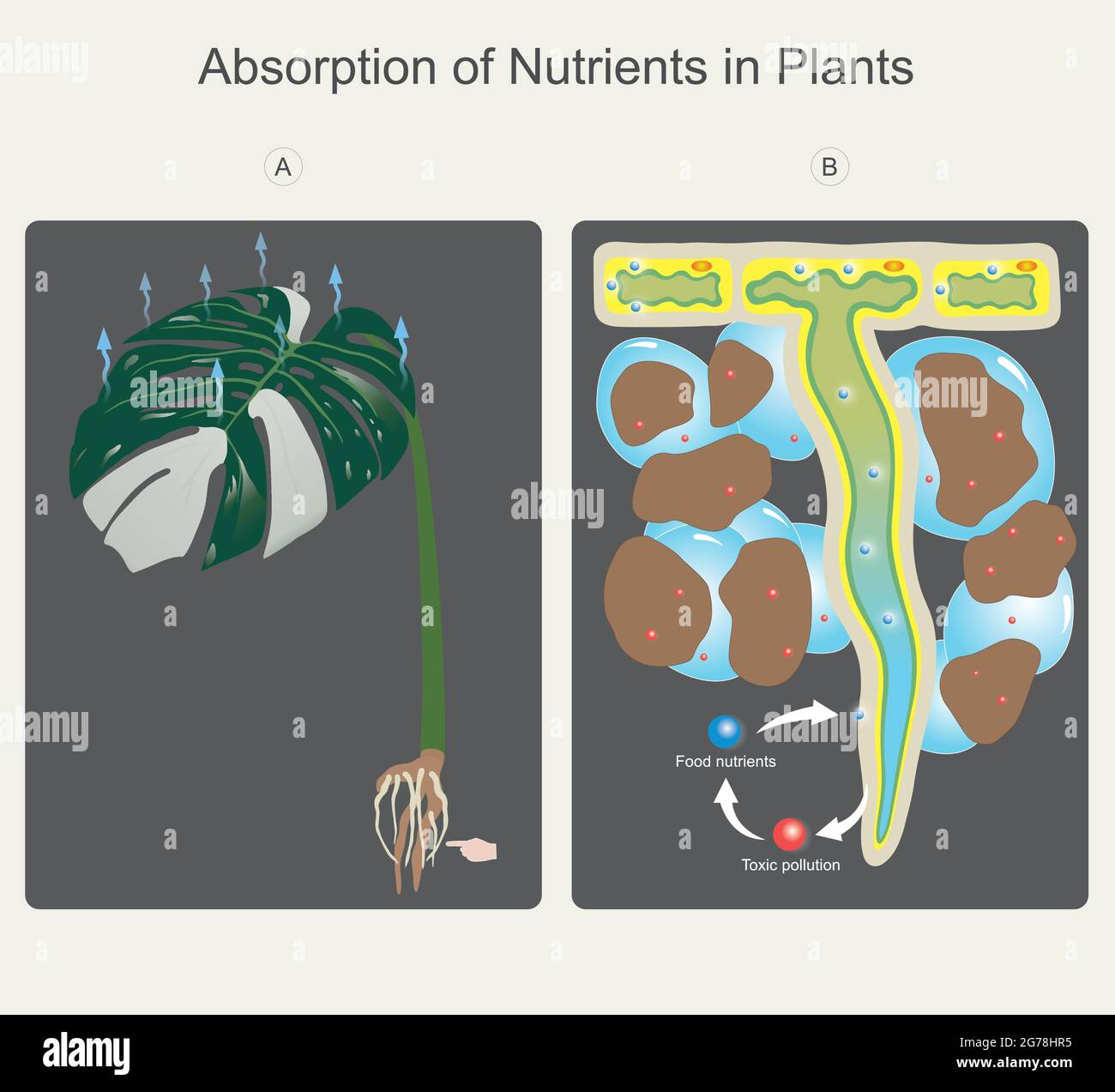
Mechanisms of Malabsorption
Overview of Diarrhea
Fluid Entering and Exiting the GI Tract
- Diet: 2 L/day
- Saliva: 1 L/day
- Stomach: 2 L/day
- Bile: 1 L/day
- Pancreas: 1 L/day
Volume Absorbed
- Duodenum and Jejunum: 6 L/day
- Ileum: 3.5 L/day
- Colon: 1.4 L/day
- Excreted: 100-200 ml/day
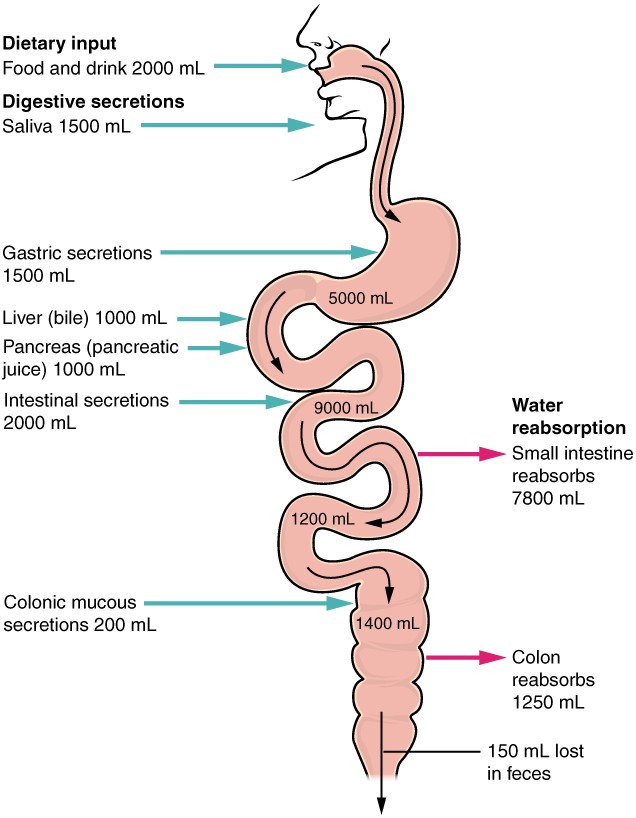
Diarrhea
Diarrhea is characterized by an increase in the frequency or a decrease in the consistency of stools. It results from an imbalance between the secretion and absorption of fluids in the intestine.
Types of Diarrhea
- Secretory Diarrhea: Caused by an increased secretion of fluids and electrolytes into the bowel lumen. E.g., cholera.
- Osmotic Diarrhea: Results from the decreased ability of the gut to absorb fluids, often because of increased solute load. E.g., malabsorption, laxatives.
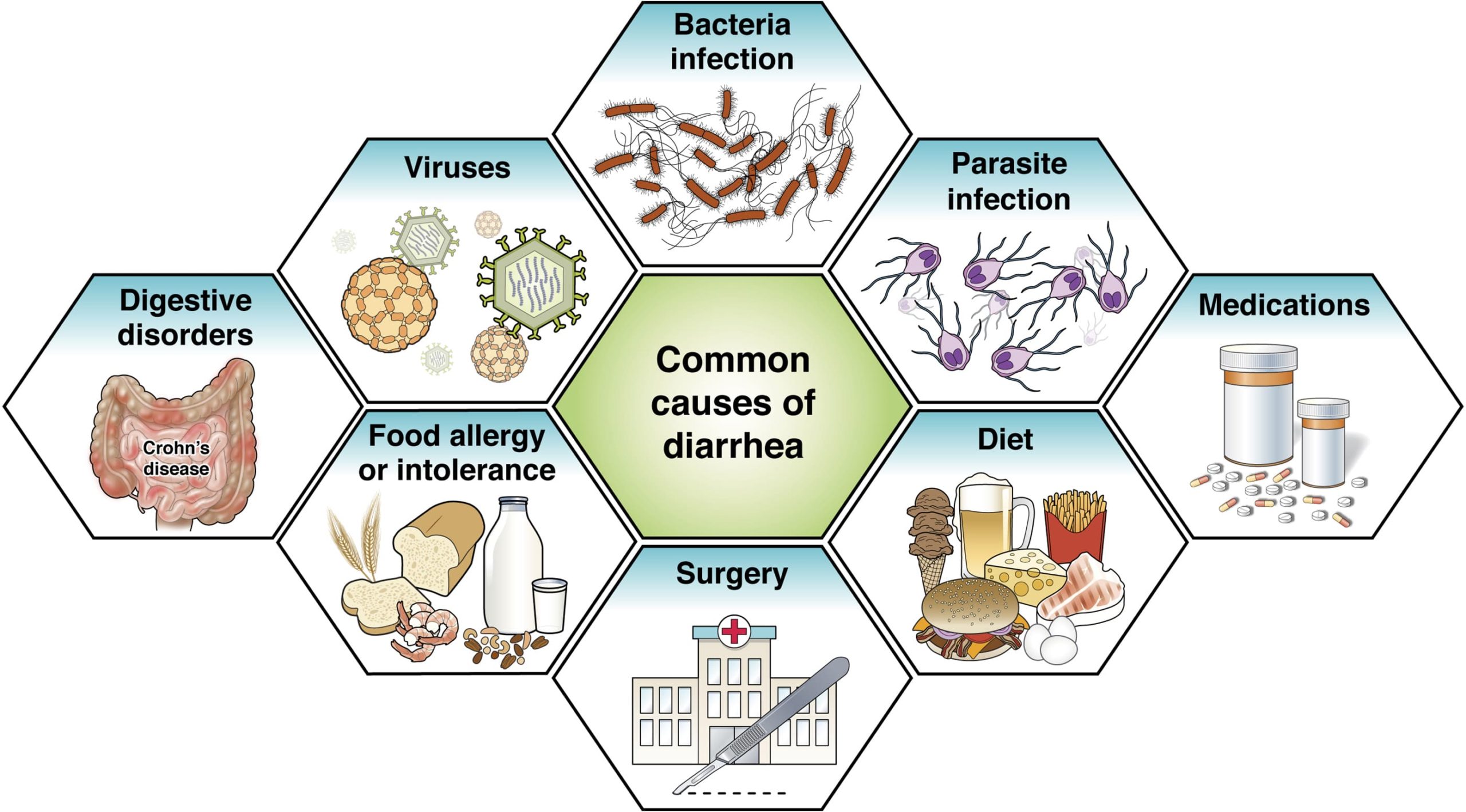
Malabsorption
Malabsorption is the impaired absorption of nutrients due to issues in digestion or uptake across the intestinal epithelial mucosa. It can involve various nutrients, including carbohydrates, fats, proteins, and micronutrients.
Fat Malabsorption
Fat digestion and absorption are complex processes that can be disrupted at various stages, including:
- Lipolysis: Problems can arise due to a deficiency or inactivation of lipase.
- E.g., chronic pancreatitis, cystic fibrosis, Zollinger-Ellison syndrome.
- Micelle Formation: Deficiency of bile acids impacts micelle formation.
- E.g., cirrhosis, primary biliary cholangitis.
- Absorption: Issues in transferring the digested fats into epithelial cells.
- E.g., celiac disease, bacterial overgrowth.
- Chylomicron Formation: Impaired formation due to decreased β-lipoproteins or lymphatic drainage issues.
- E.g., abetalipoproteinemia, intestinal lymphangiectasia.
Consequences
- Unabsorbed fats remain in the lumen, causing steatorrhea and loss of essential fatty acids and fat-soluble vitamins (A, D, E, K).
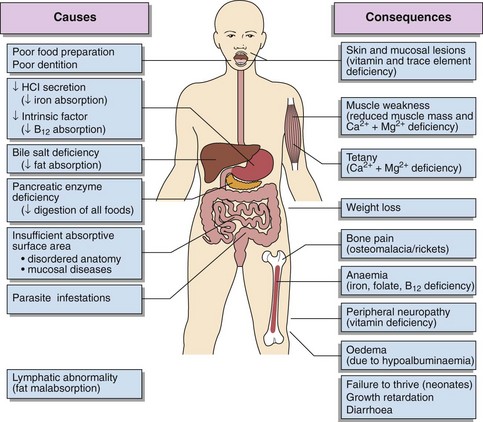
Carbohydrate Malabsorption
Carbohydrate malabsorption can result from pancreatic insufficiency or widespread epithelial injury.
- Lactase Deficiency: The most significant carbohydrate malabsorption issue, leading to lactose intolerance. Symptoms include cramping, diarrhea, and flatulence after consuming lactose. Treatment involves dietary elimination or lactase supplements.
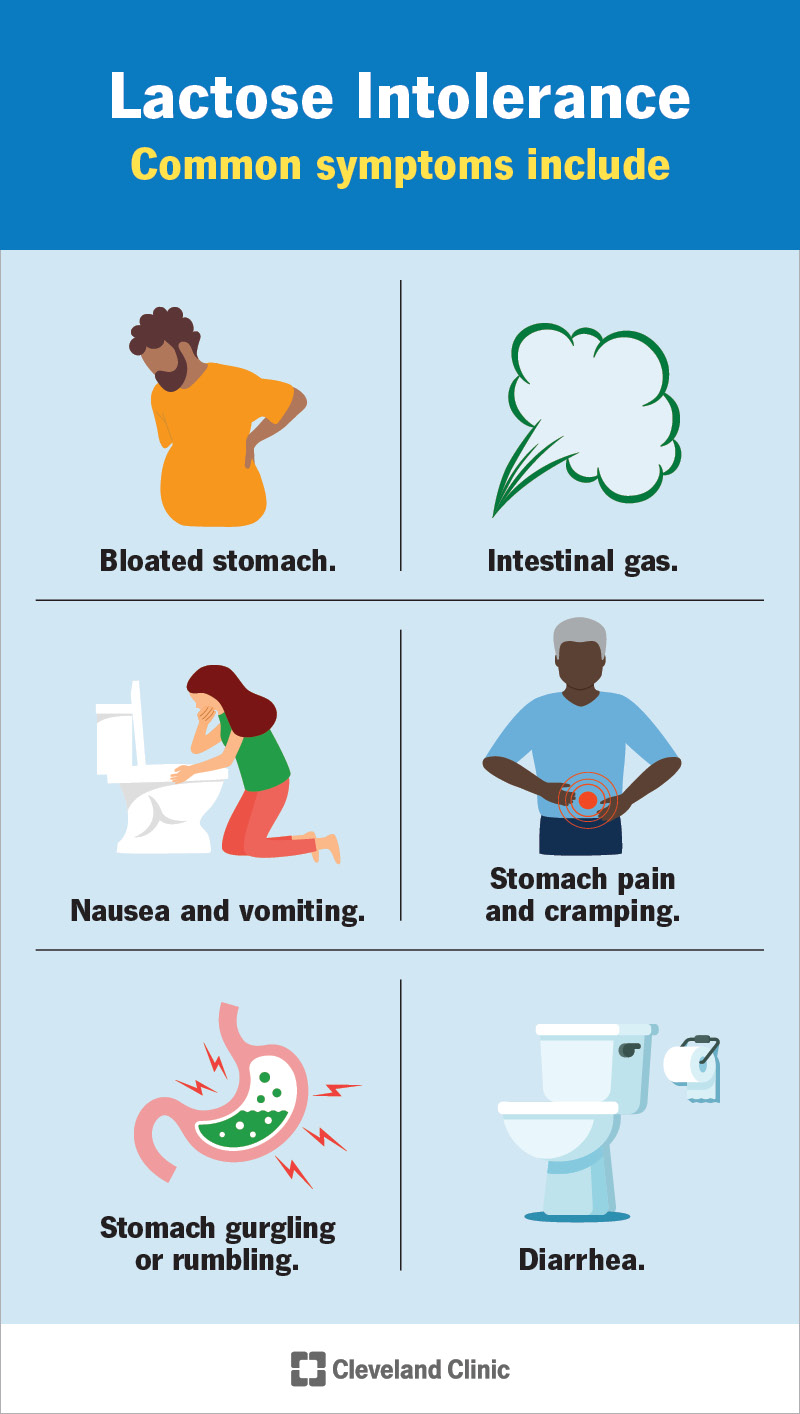
Protein Malabsorption
Protein malabsorption can result from generalized intestinal epithelial injury. It is often overshadowed by the malabsorption of other nutrients. Protein-losing enteropathy, where chronic protein loss occurs, can result from inflammatory diseases or lymphatic obstruction.

Specific Disease States
Celiac Disease
An autoimmune condition triggered by dietary gluten, leading to damage in the small intestinal epithelium. It results in malabsorption of various nutrients and presents with diarrhea, weight loss, anemia, and other symptoms. Diagnosis includes serologic tests and endoscopic biopsy of the small bowel. Treatment is the complete elimination of gluten from the diet.
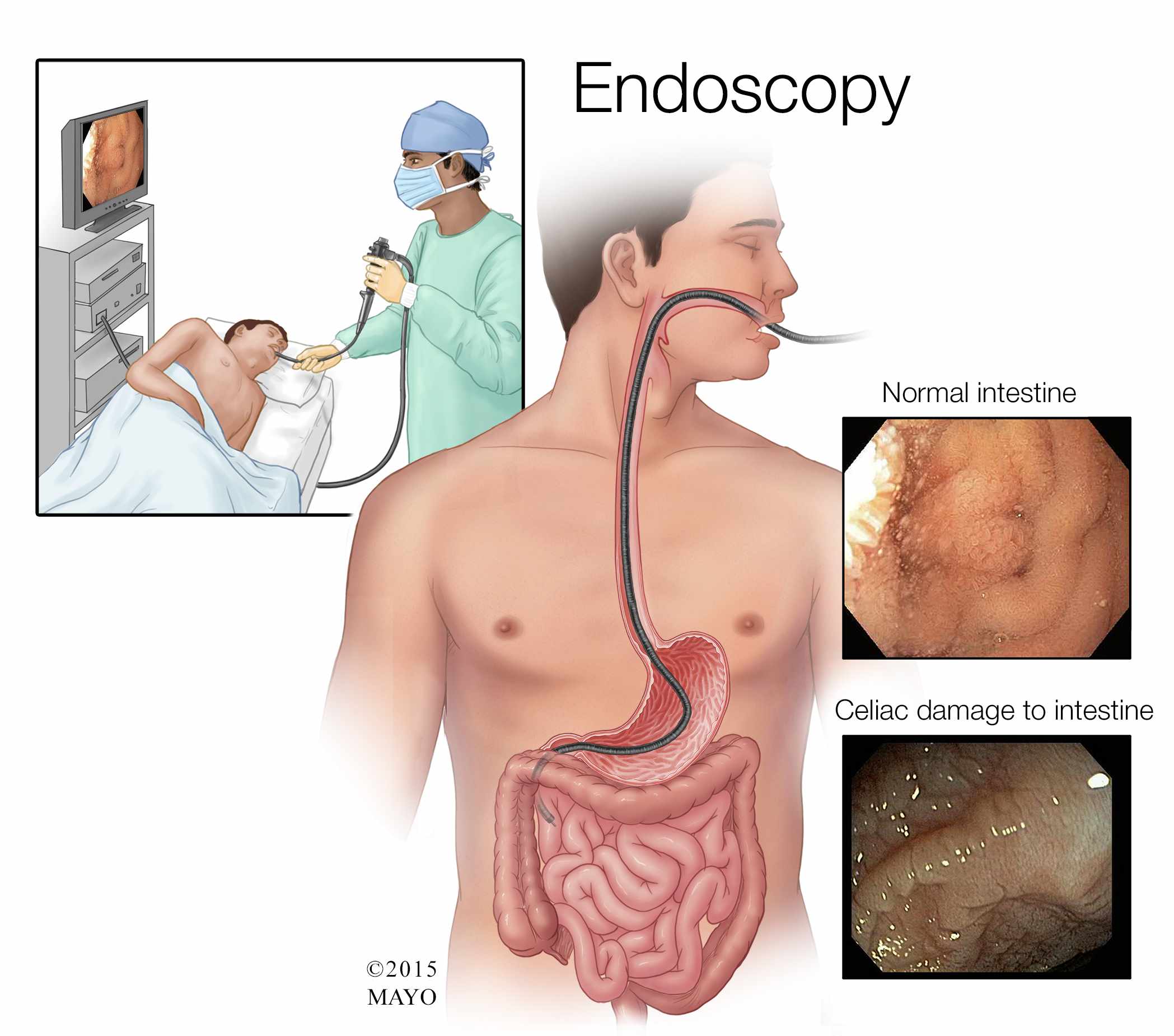
Crohn’s Disease
A chronic inflammatory disease affecting the GI tract, causing segmental inflammation. It can cause malabsorption especially with widespread small bowel involvement or prior surgical resections.
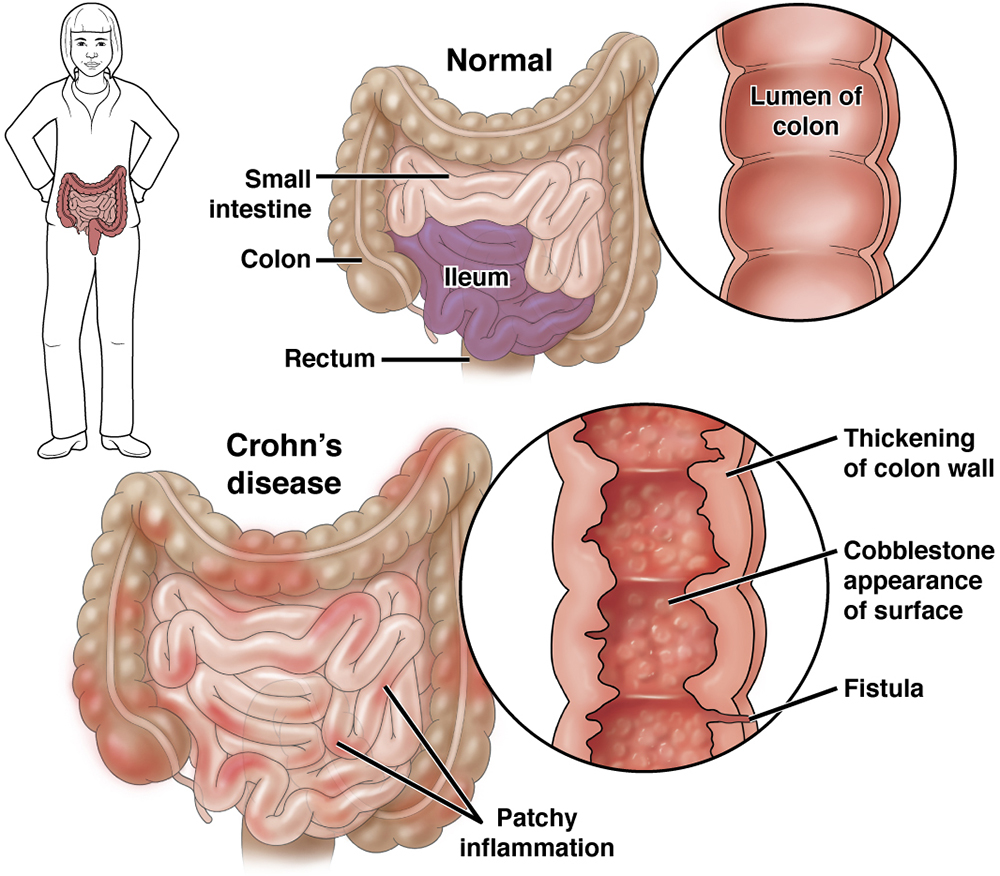
Pancreatic Insufficiency
Severe impairment of the exocrine pancreas due to chronic conditions like pancreatitis or cystic fibrosis. Symptoms include steatorrhea and weight loss. Supplemental pancreatic enzymes can help manage the condition.

Short Bowel Syndrome
Results from the surgical resection of a substantial portion of the small intestine, causing inadequate absorption. Symptoms include diarrhea and weight loss, and management often involves nutritional support and monitoring for complications.
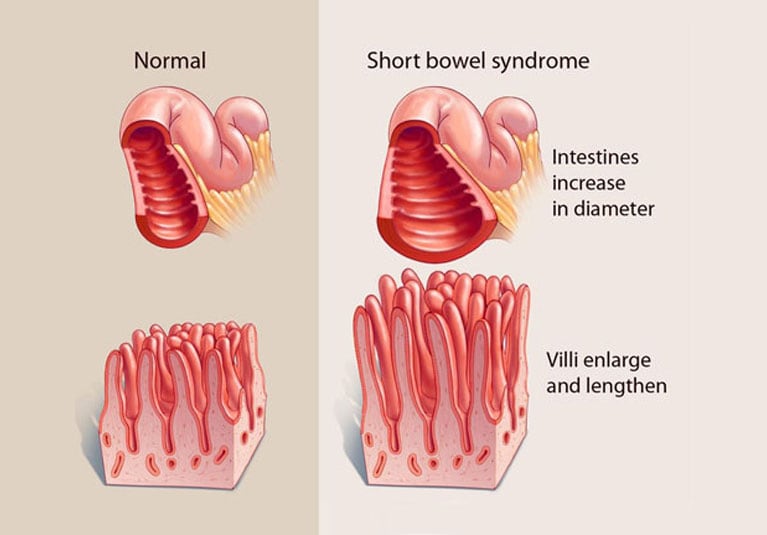
Small Intestinal Bacterial Overgrowth (SIBO)
Proliferation of bacteria in the small intestine, typically caused by functional or anatomical alterations. It results in diarrhea, malabsorption, and anemia. Diagnosis can be made with a hydrogen breath test or small bowel culture, and treatment involves cycled antibiotics.

Post-Bariatric Surgery
Malabsorption is often intentional after bariatric surgery but can lead to complications such as micronutrient deficiencies. Management includes monitoring nutrient levels and might necessitate surgical reversal in severe cases.

Approach to Patients
Suspecting malabsorption involves identifying symptoms such as diarrhea with weight loss, oil droplets in stools, and diarrhea that resolves with fasting. Diagnosis often includes fecal fat testing and checking levels of fat-soluble vitamins.
